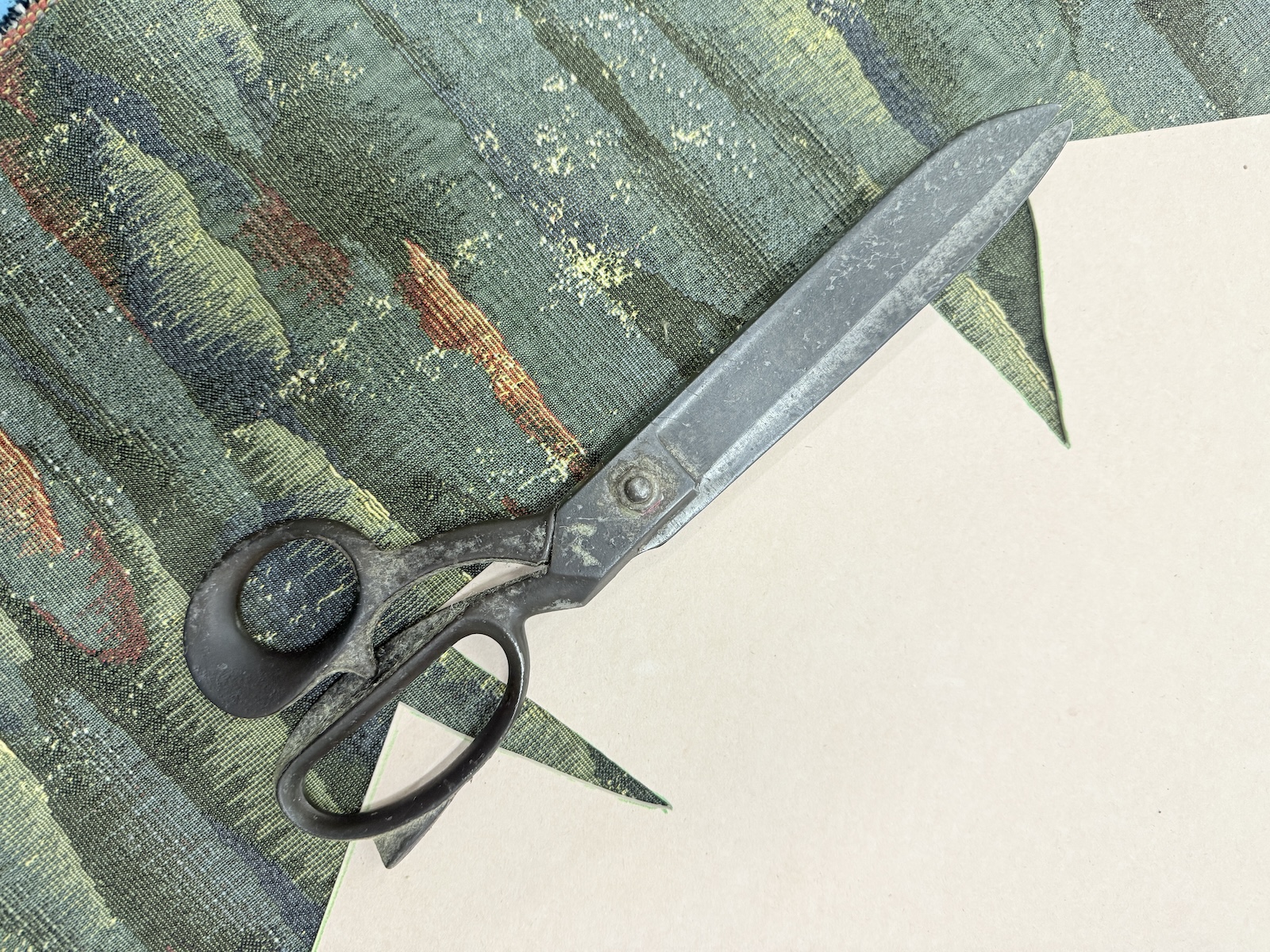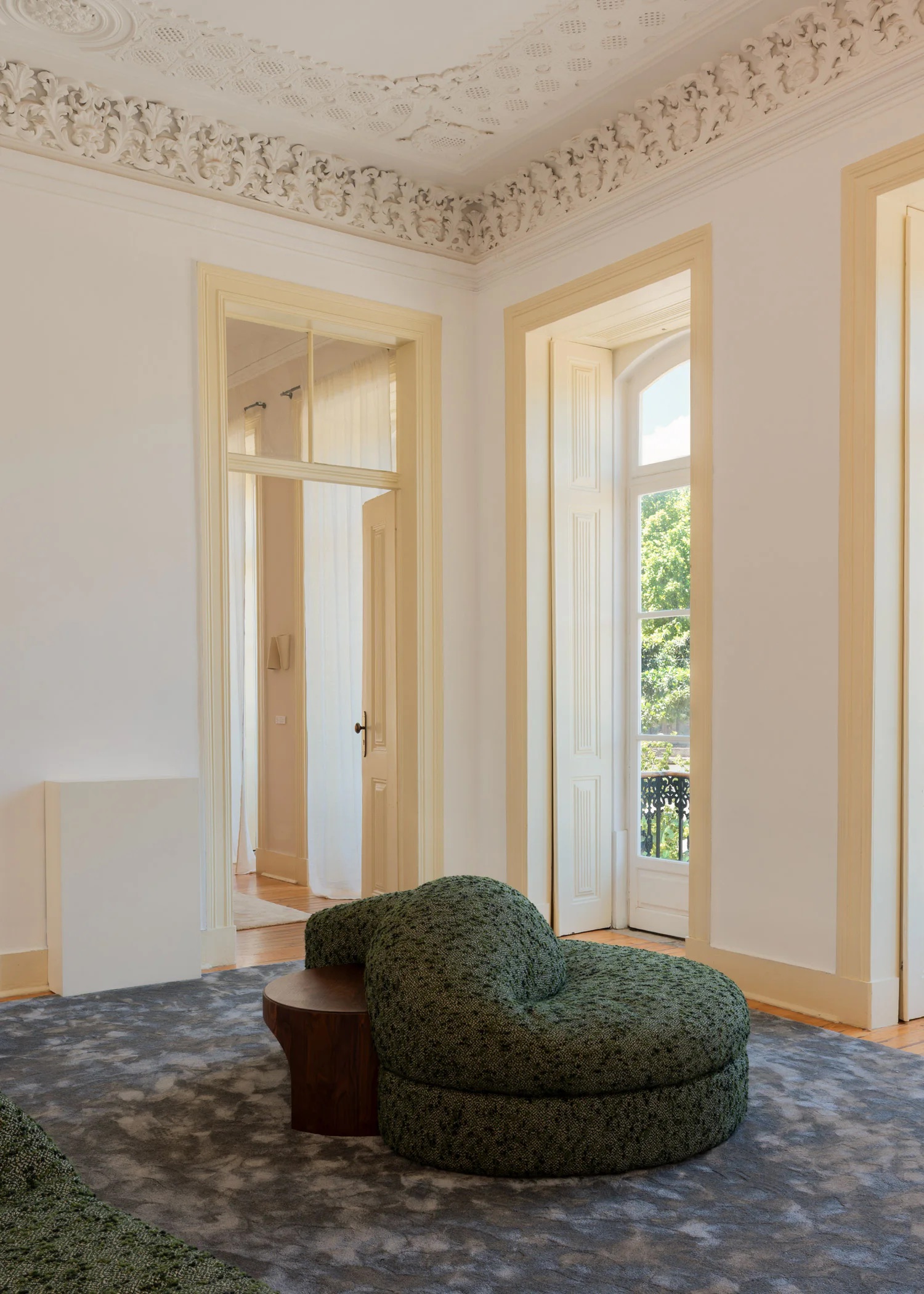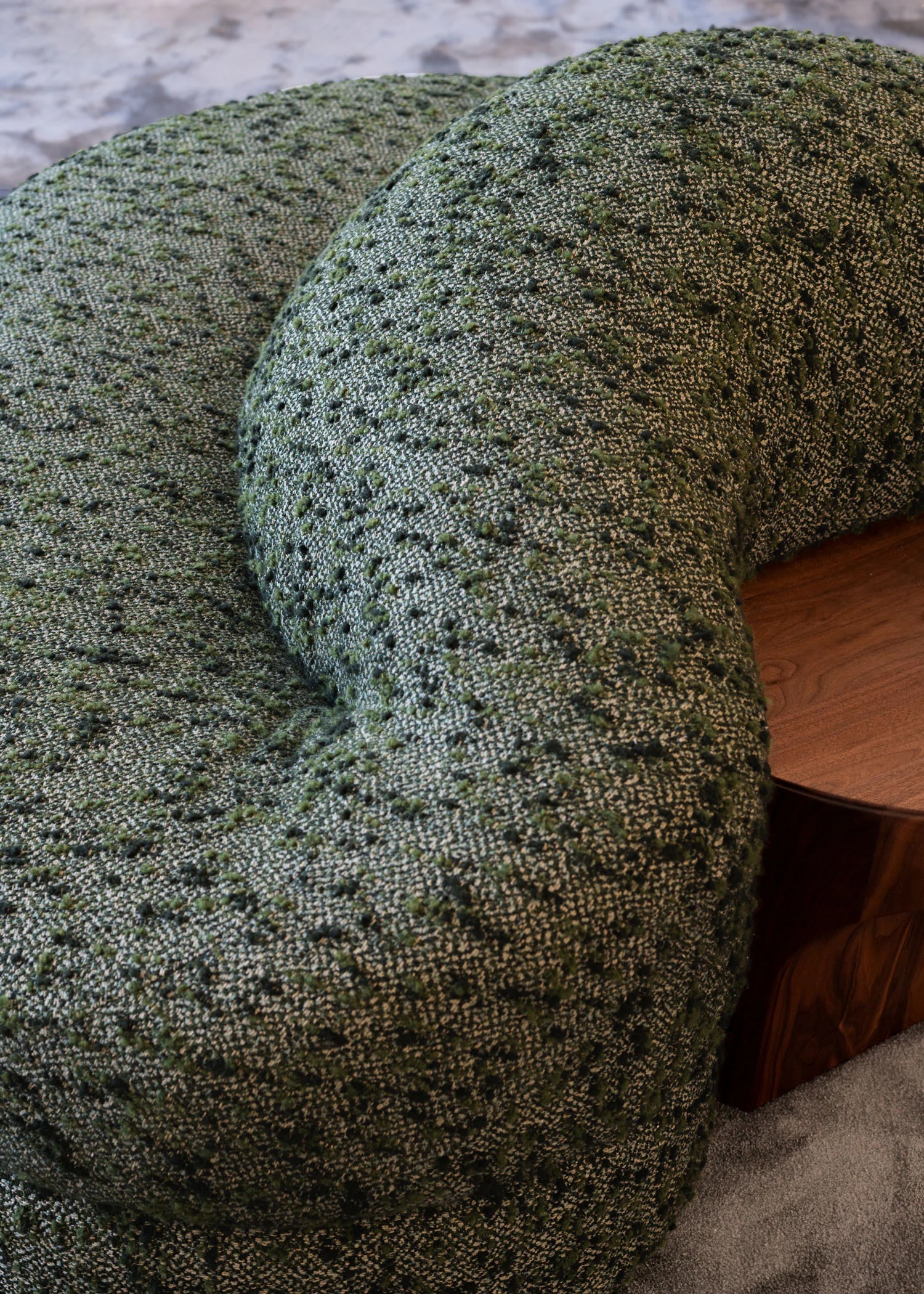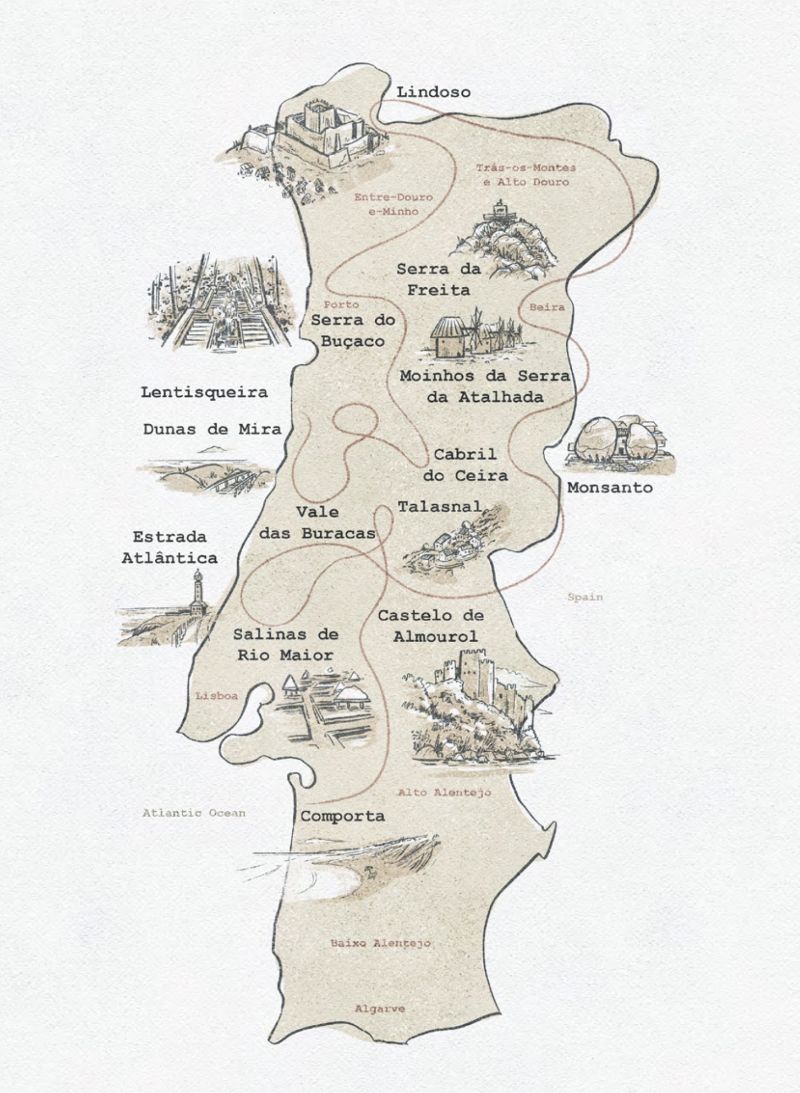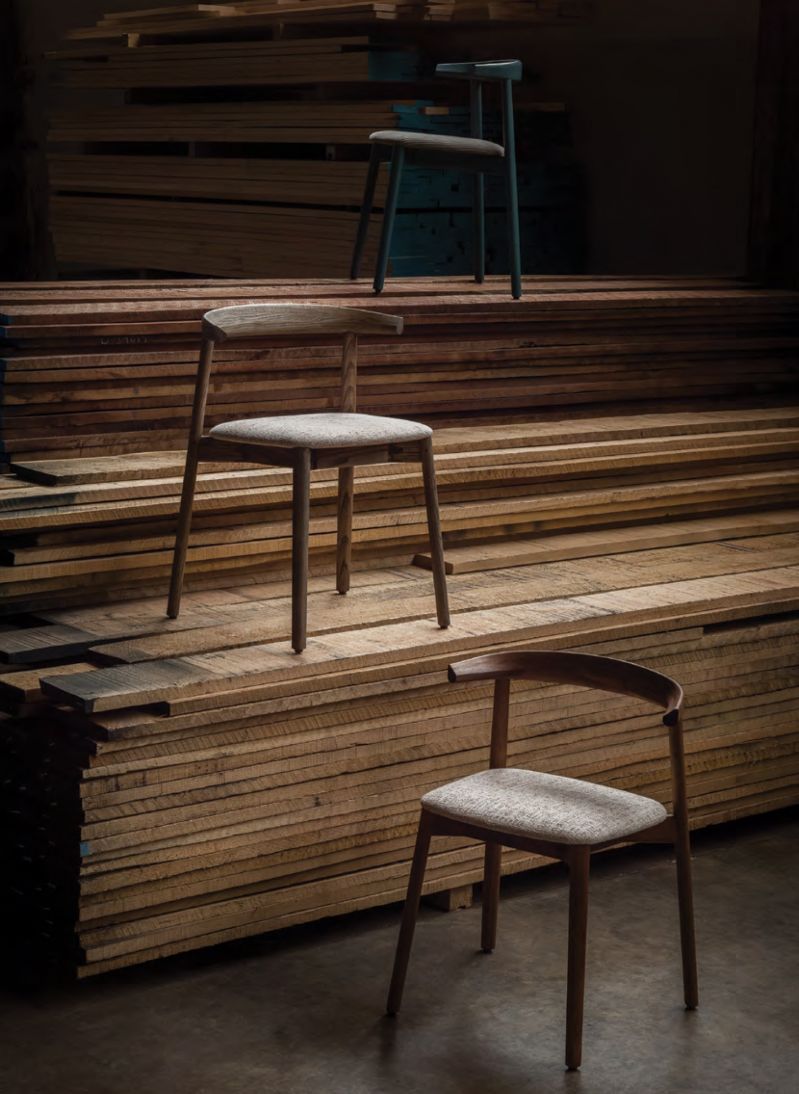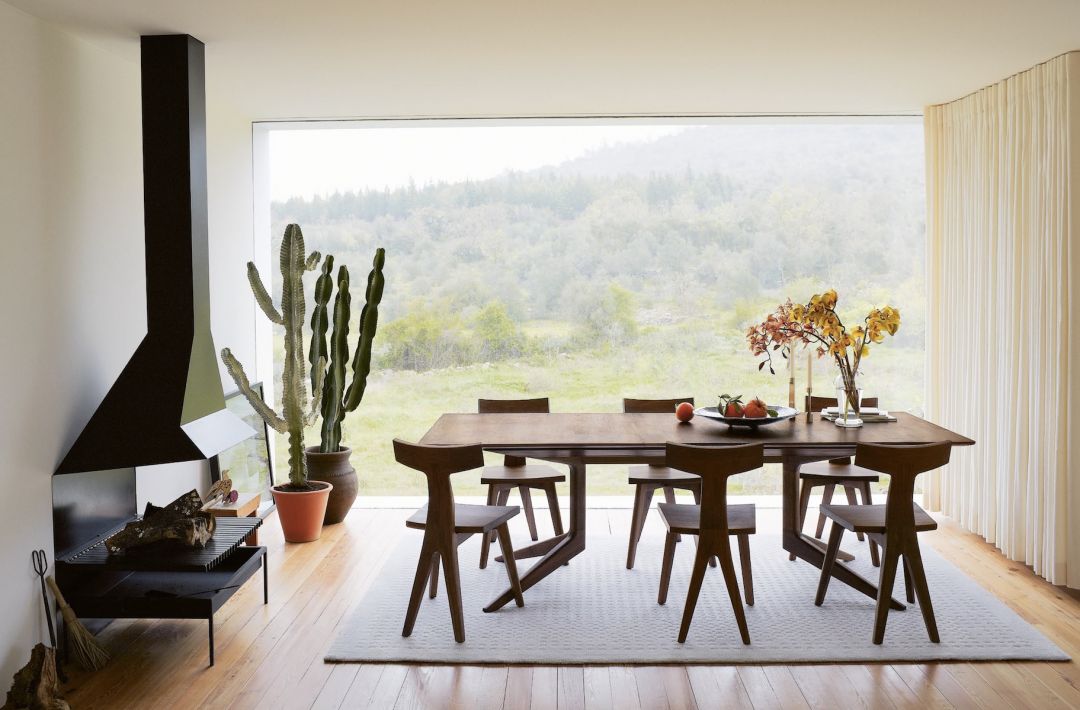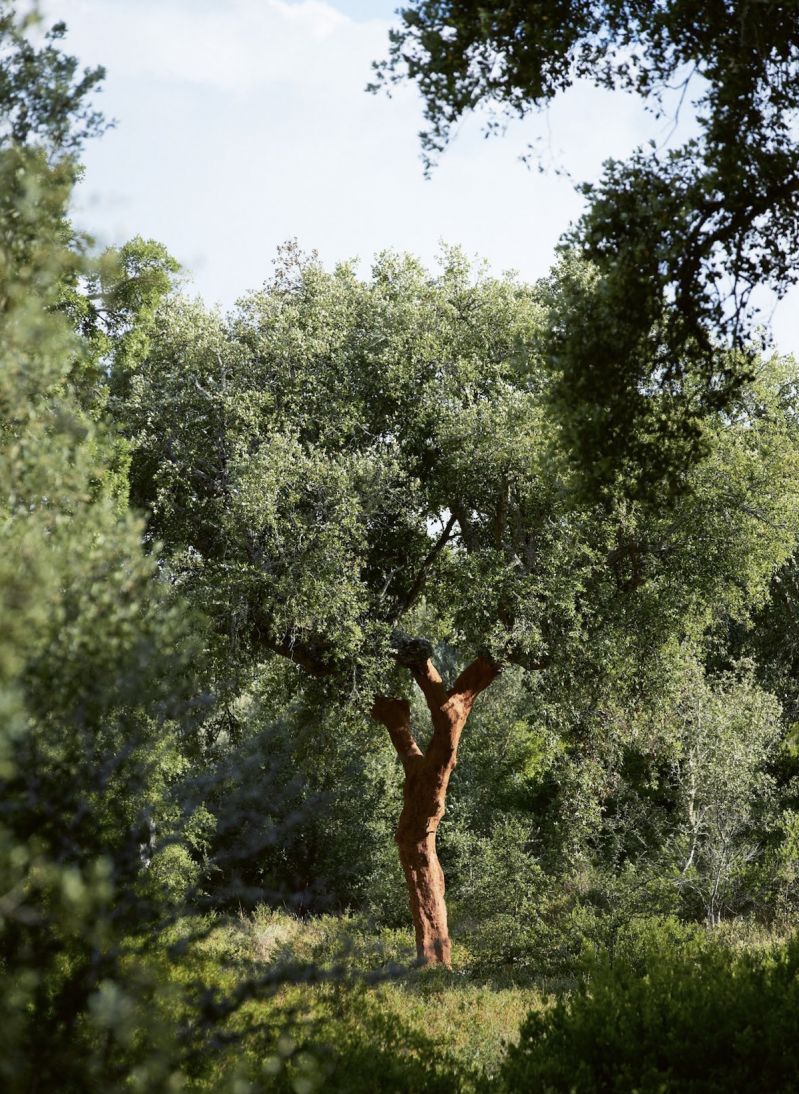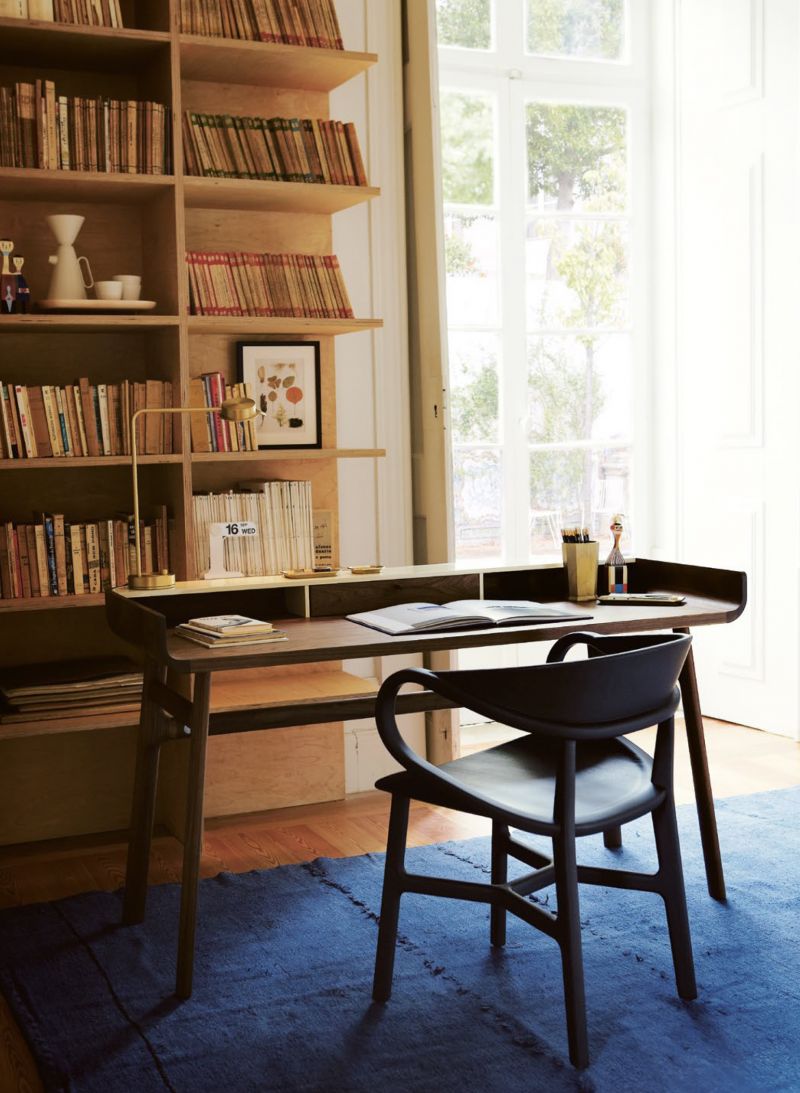JOIN the AFICIONADOS
Get the insider news and lowdown on what we've been up to, where we've been, and who we've met along the way. Be the first to discover new places and get the scoop on our favourites.
Walnut, ash and oak form the design dialogue with form, function and time. De La Espada, the Portuguese furniture house based on the Silver Coast, has long turned timber into timeless objects. Now, after three decades of masterful production, it steps into the world of collectible design with Ensemble: a six-piece seating series launched at Lisbon by Design 2025.
Founded in 1993 by Luis De Oliveira and Fátima De La Espada, the atelier built its name on tactile permanence: solid wood furniture crafted using traditional joinery and shaped by hand. Each piece, whether a chair, bed or sideboard, is a structure of purpose made with the soul of a small workshop and the precision of an architectural detail.
This spirit continues with Ensemble, a collaboration between Lisbon-based French designer Sam Baron and the in-house De La Espada Atelier. Designed specifically for the Palacete Gomes Freire during Lisbon by Design, the collection explores the emotional geometry of gathering. Six sculptural seating pieces are shaped from abundant solid walnut; each one recalls forms found in the forest: stools, chairs, a daybed and a smooth, organic sofa.
More than a furniture line, Ensemble is a study in ritual and interaction. Every contour reflects a collective exploration between Baron and eight members of the Atelier, from initial sketches to mock-ups and physical prototypes. Together, they asked not just how we sit, but why.
The result is seating that is both poetic and precise. Forms hint at tree trunks; outlines echo forest clearings; the scale and weight speak of rootedness. Each design will be produced in an edition of just 20, underscoring its artisanal complexity and intent.
Though small in scale, this new arm of De La Espada preserves the workshop ethos that has defined the brand since its earliest days. Traditional techniques such as dovetails, mortise and tenon, and hand-finishing still guide the process; so too does the will to explore. In Ensemble, innovation meets age-old savoir-faire.
De La Espada’s legacy lies in its material integrity. Designers like Anthony Guerrée and Matthew Hilton have long found in its workshop a partner obsessed with craft and clarity. Their collaborations echo the same values: sculptural, honest and lasting. Now, Ensemble extends that vision into the realm of the collectible.
At Lisbon by Design, a fair that champions Portuguese creativity, De La Espada’s debut as an exhibitor is more than symbolic. It signals a new direction: a brand rooted in timber and tradition, now carving space for experimentation.
For those who value design as both art and utility, De La Espada continues to shape furniture that is grounded, generous and rare.
